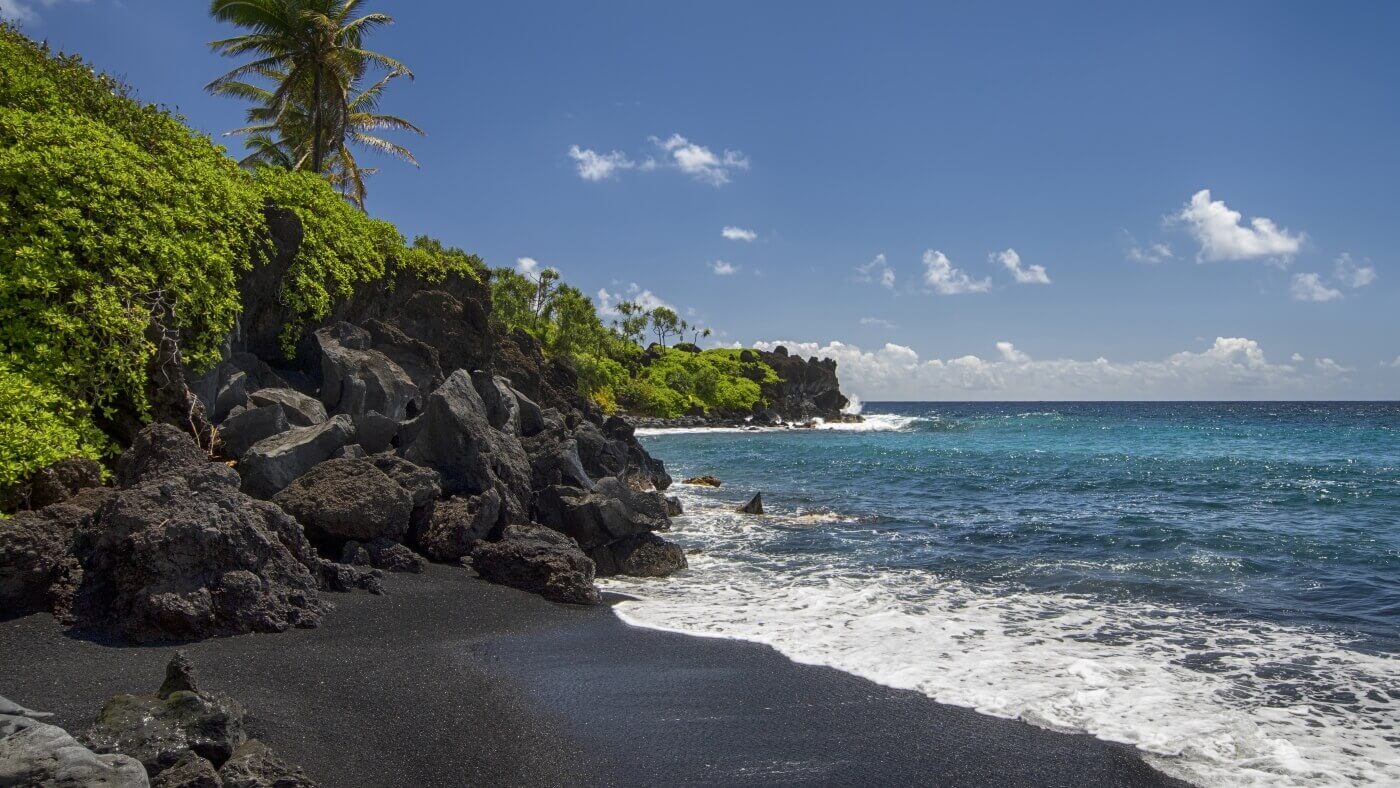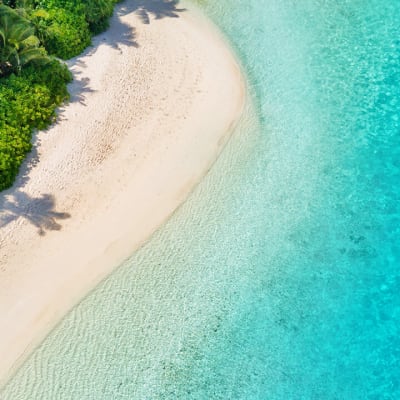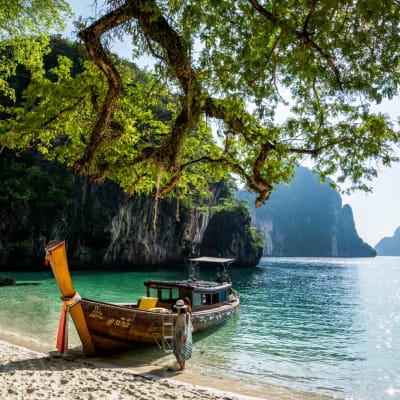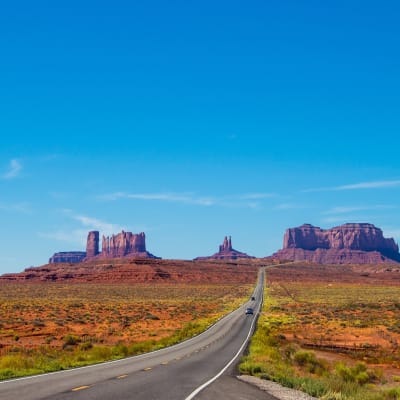Life's a Beach - 5 Weird Beaches Around the Globe
Destinology have scoured the globe in search of our favourite, top 5 most unusual and unique beaches. From the picture-perfect pink sands of The Bahamas to the hidden Mexican coves with secret entrances, which one will be your favourite?
1. Playa del Amor 'Hidden Beach' Mexico
This idyllic bombsite is located west of Puerto Vallarta at the mouth of Banderas Bay and features a mound of land with a huge hole in it allegedly caused by bomb testing in the early 1900s. The beach itself is an hour long boat ride from the Puerto Vallarta's north west coastline and only accessible through a long water tunnel - either by swimming or kayaking.
2. Punalu'u Beach (Black Sand Beach), Hawaii
Punalu'u Beach is located between Phala and Na alehy on the island of Hawaii. The black sand is made of basalt and is created when the lava flows into the ocean and explodes as it cools down. Punalu'u Beach itself is very popular with the native green turtles, as well as the endangered hawksbill turtle. If you're lucky, spinner dolphins and humpback whales can occasionally be sighted from the shoreline!
3. Glass Beach, California
Located beside MacKerricher State Park in California, this colourful glass beach came into being after years of neglect, until the crashing waves transformed the Glass Beach into a stunning, hidden gem along the West Coast. This now popular landmark and beloved national treasure boasts 'sands' of quartz and coloured sea glass, and is home to several protected, native plants.
4. Firefly Beach, The Maldives
This beautiful and somewhat magical looking beach comes to life once the sun sets. This bioluminescent natural phenomenon occurs when phytoplankton produce sparkling, blue or green lights along the shoreline, creating a starry blue, sci-fi phenomena. This once-in-a-lifetime experience is truly unmissable, most commonly occurring between June and December.
5. Pink Sand Beach - Harbour Island, The Bahamas
One of the prettiest beaches in the world. The Pink Sands Beach is all caused by washed up coral remains, broken shells and calcium carbonate materials which are ground into tiny particles by the sea. This mixes in with the normal grains of sand and causes a pale pink effect.















